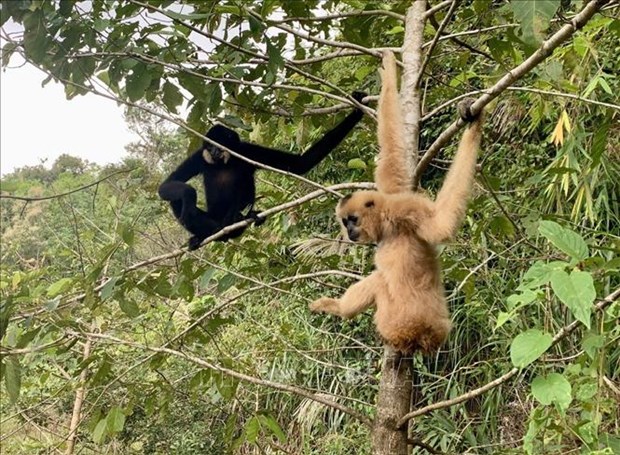
Gibbons are lesser apes – lesser than the great apes, anyway. This means that they generally need far less space per individual. Unfortunately, so much of their forests have been lost, that they are increasingly isolated in small scraps of the forest, unable to socialize or breed.
It is becoming clear that in many parts of the world, the survival of specific animals is going to rely on humans regularly translocating animals – that is, we will have to treat the whole population as one large population, and connecting artificially by transporting the animals. The success of this, is perhaps most noticeable in South Africa, where there are many small reserves. Cheetah survive in these reserves and the surrounding areas, but find it hard to connect with their own kind. By regular translocation, the cheetah population grew substantially, as well as their health. In other countries lions leopards, and many other species are likely to require this in the near future.
Each had been kept as pets, with one handed over voluntarily, and the other 4 were seized. While the park is not vast (covering around 200 square km) it would be able to support a significant number of this endangered primate.
There needs to be a change in these countries so that it is no longer acceptable for people to keep these as pets.











